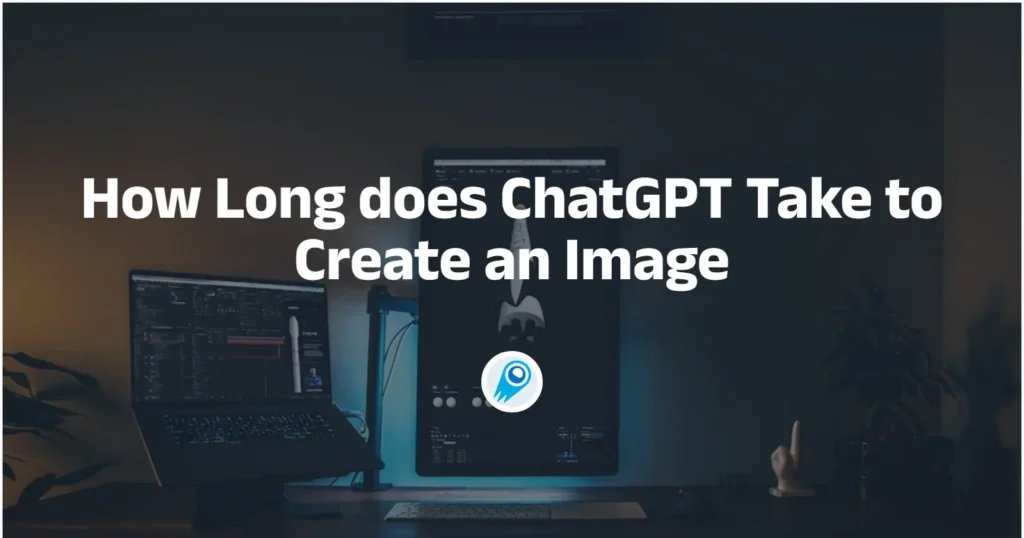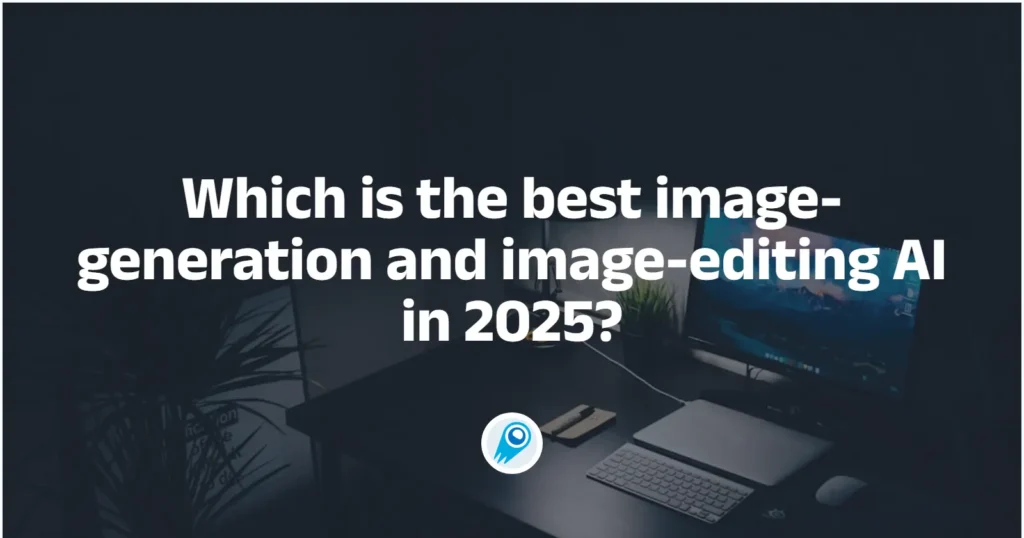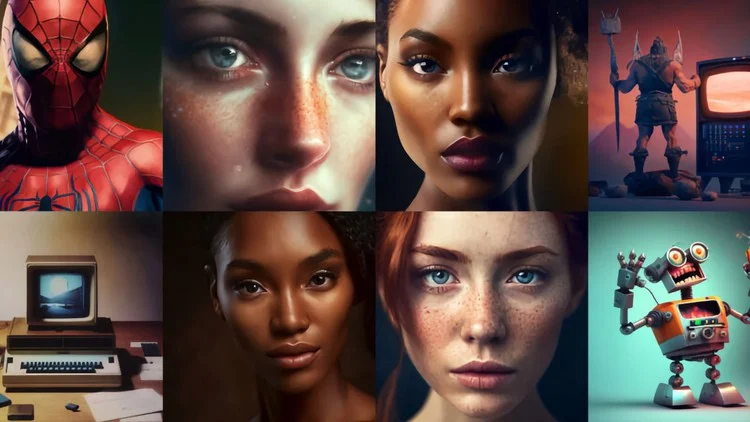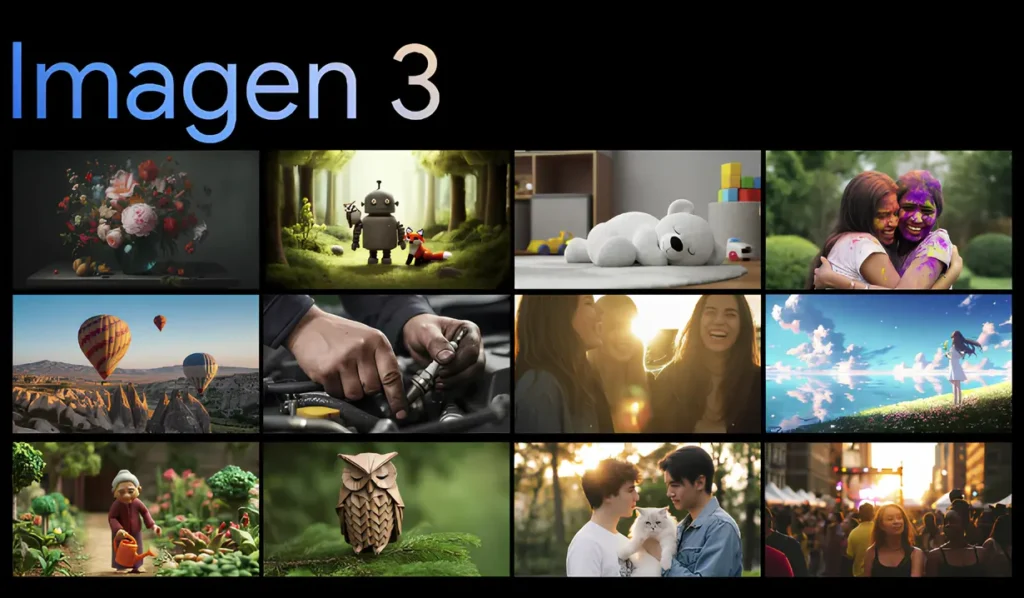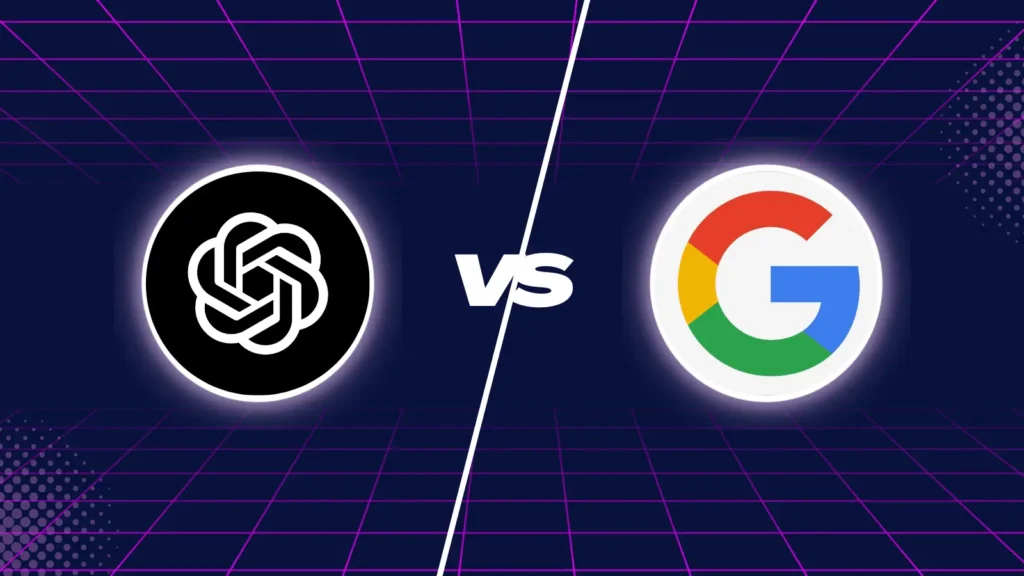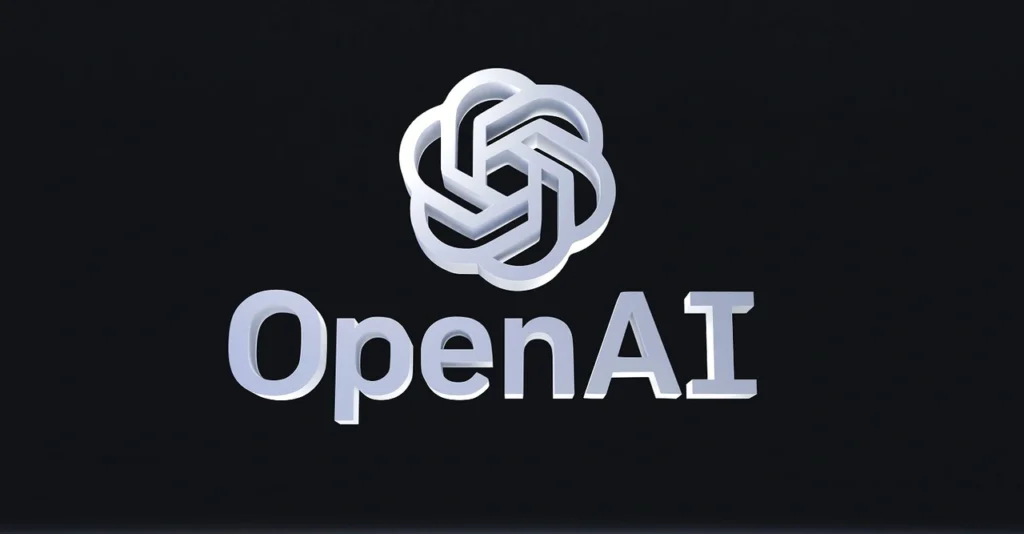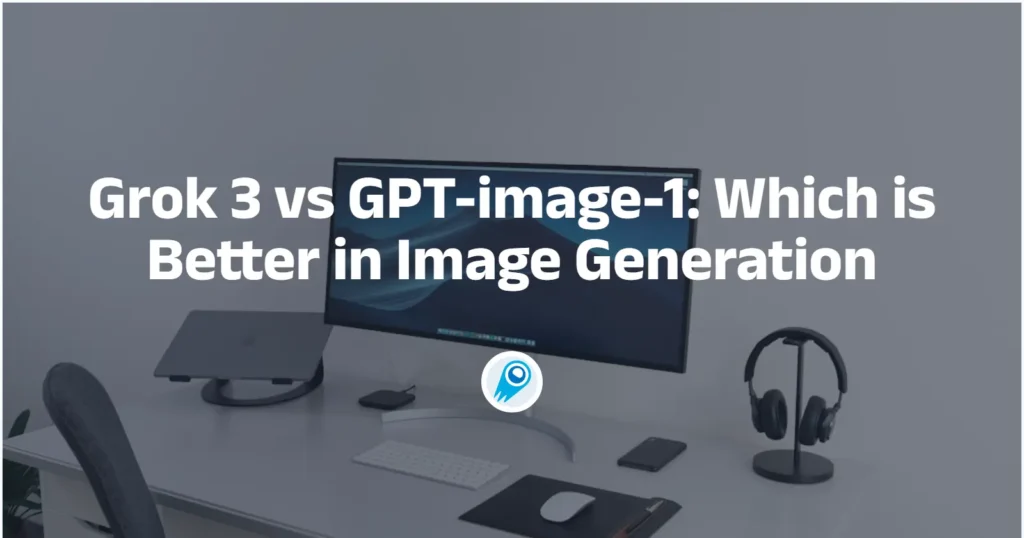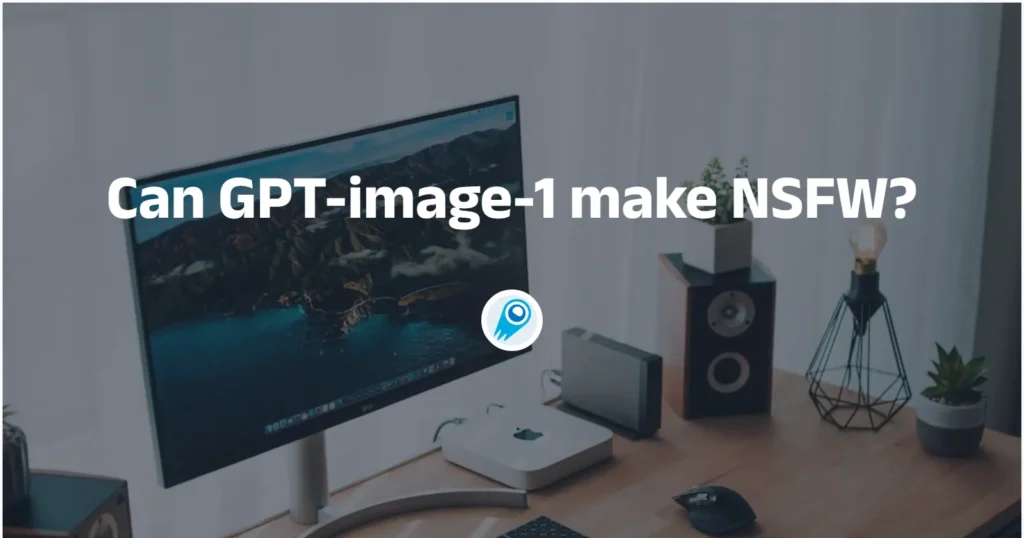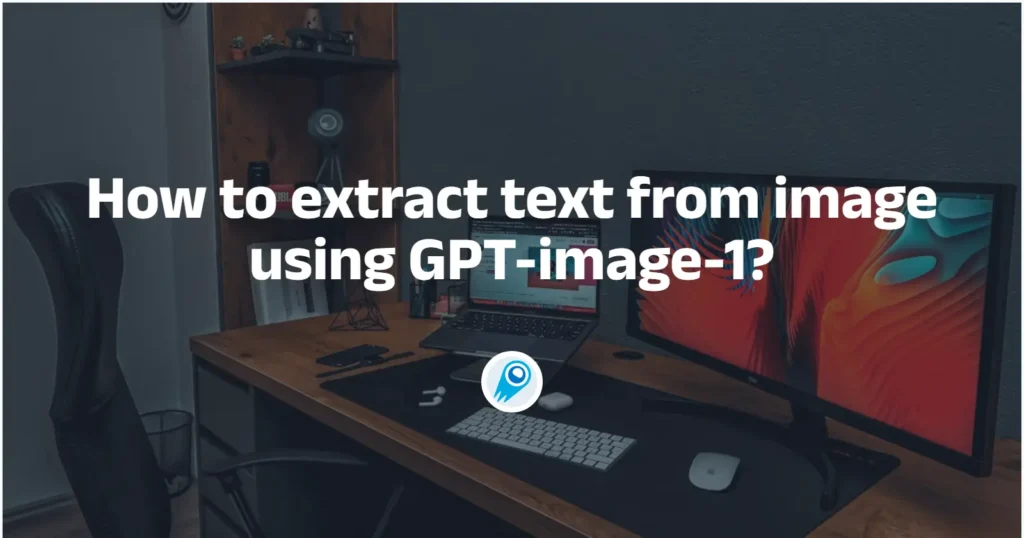Artificial image generation is one of the fastest-moving features in generative AI today. Developers and creators routinely ask the same practical question: “how long will ChatGPT take to get my image?” The simple answer is: it depends — on the model you use, the API or UI path, image size/quality, concurrent load at the provider, […]
Which is the best image-editing AI in 2025?
Image-editing AI has moved from fun toy to actual workflow tool in months — not years. If you need to remove backgrounds, swap faces, preserve a character across shots, or do multi-step compositing with natural-language prompts, several new models promise to do it faster and with fewer manual fixes.. In this post I compare three […]
What is the Best AI Image Generators? (As of July 2025)
AI image generator have become indispensable tools for artists, designers, marketers, and researchers, transforming text prompts into vivid visuals in seconds. With rapid advances in model architectures, training data, and deployment options, the question “Which AI image generator is best?” no longer has a one‑size‑fits‑all answer. Instead, the “best” choice depends on factors such as […]
Celebrating AI-Generated Images: How to Spot Them
Artificial intelligence (AI) has revolutionized the creation of digital imagery, enabling the generation of photorealistic scenes, portraits, and artworks at the click of a button. However, this rapid advancement has also given rise to a critical question: how can we distinguish between genuine photographs and AI-generated images? As AI systems become more sophisticated, the line […]
Imagen 3 vs GPT‑Image‑1: What are the differences?
In recent months, Google and OpenAI have each launched cutting‑edge text‑to‑image generation systems—Imagen 3 and GPT‑Image‑1 respectively—ushering in a new era of photorealistic and highly controllable AI art. Imagen 3 emphasizes ultra‑high fidelity, nuanced lighting control, and integration into Google’s Gemini and Vertex platforms, while GPT‑Image‑1 leverages an autoregressive, multimodal foundation tied to GPT‑4o, offering both image […]
How does OpenAI Detect AI-generated images?
Artificial intelligence–generated images are reshaping creative industries, journalism, and digital communication. As these tools become more accessible, ensuring the authenticity of visual content has emerged as a paramount concern. OpenAI, a leader in AI research and deployment, has pioneered multiple strategies to detect and label images produced by its generative models. This article examines the […]
How to Effectively Judge AI Artworks from ChatGPT
Since the integration of image generation into ChatGPT, most recently via the multimodal GPT‑4o model, AI‑generated paintings have reached unprecedented levels of realism. While artists and designers leverage these tools for creative exploration, the flood of synthetic images also poses challenges for authenticity, provenance, and misuse. Determining whether a painting was crafted by human hand […]
Grok 3 vs GPT-image-1: Which is Better in Image Generation
Two of the most talked-about entrants are Grok 3, the latest iteration of xAI’s flagship model augmented by its “Aurora” image generator, and GPT-image-1, OpenAI’s first standalone image generation model integrated into its Images API. As of May 2025, both models offer compelling capabilities, yet they diverge significantly in architecture, performance, and application scenarios. This […]
Can GPT-image-1 make NSFW?
OpenAI’s newly released GPT-image-1 model promises unparalleled fidelity in text-to-image and image-to-image transformations. Yet a pressing question persists: could this powerful tool be used to generate Not Safe For Work (NSFW) content, and if so, how effectively? In this article, we delve into GPT-image-1’s architecture, its built-in safety mechanisms, real-world attempts to bypass its filters, […]
How to Extract Text from Image Using GPT-image-1?
In recent weeks, OpenAI’s release of the GPT-image-1 model has catalyzed rapid innovation across the AI landscape, empowering developers and creators with unprecedented multimodal capabilities. From broad API availability to integrations with leading design platforms, the buzz around GPT-image-1 underscores its dual prowess in image generation and, crucially, in extracting text from within images. This […]

